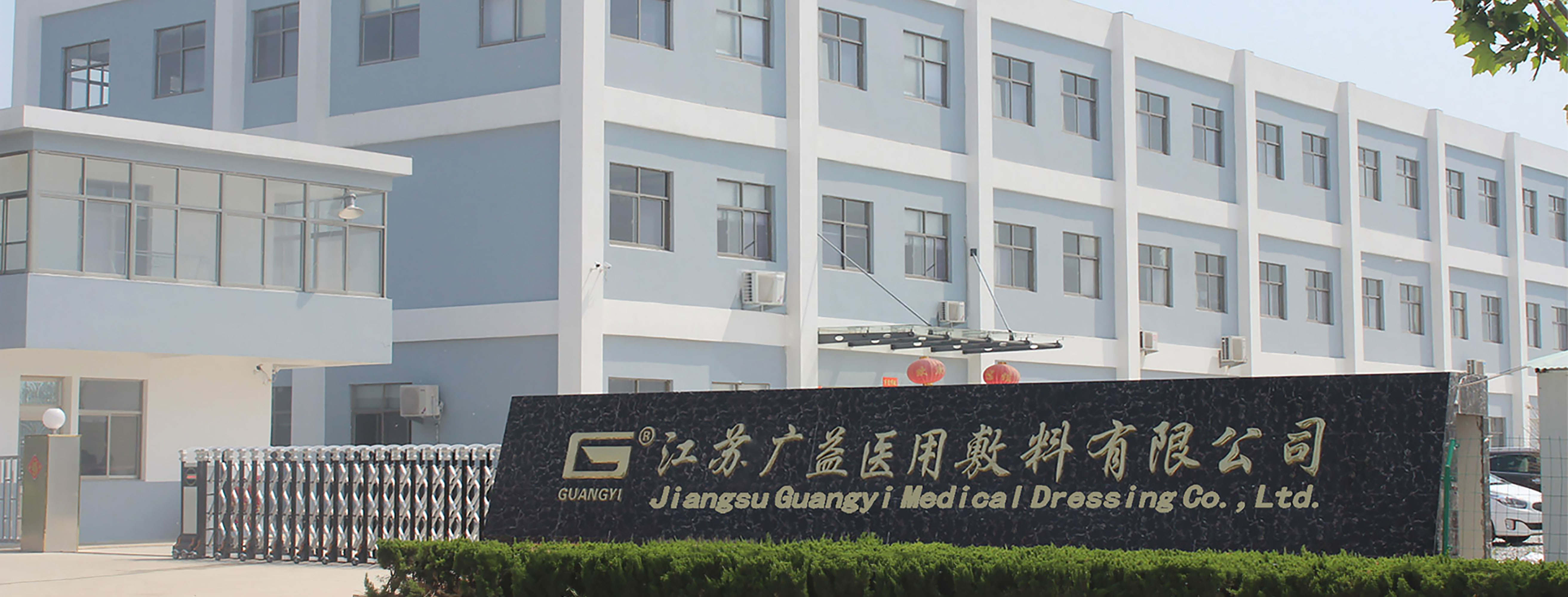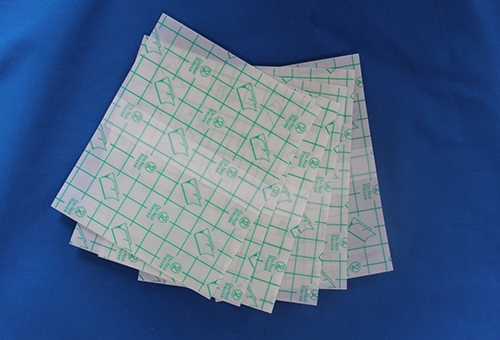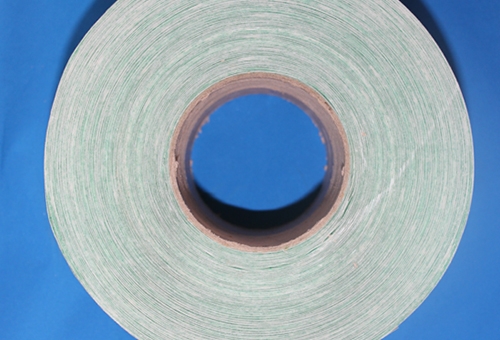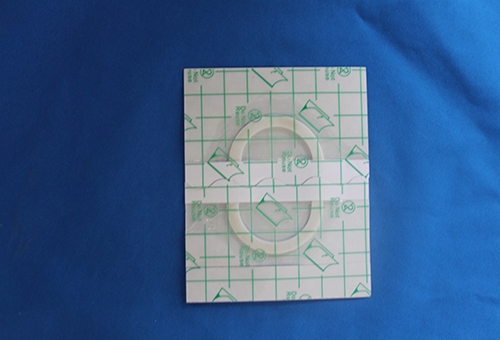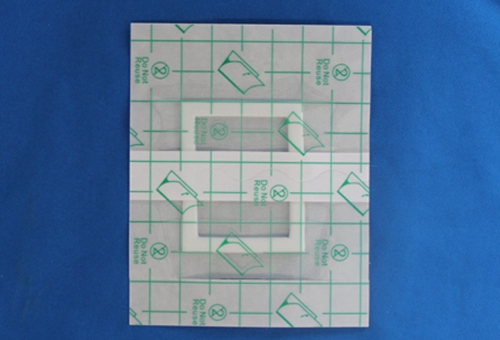The future development direction of the medical dressing industry is widely used in new medical dressings. The new medical dressing is based on the "wet healing theory" developed to keep the wound moist, and to promote the development of such products there are two factors: the medical profession on the wound healing process and the understanding of the continuous development of materials technology. Dr. Winter, of the University of London in 1962, first experimented with animal (pig) experiments that the wound healing rate in the wet environment was about one time faster than dry healing. 1963 Hinman and other human studies, confirmed the wound wet healing of the scientific. In the 1970s, the concept of "wet wound healing" was gradually accepted, and representative new medical dressings were: hydrogel dressings, transparent film dressings, hydrocolloid dressings, and foam (sponge) dressings.
Industry experts generally believe that the new medical dressings can shorten the wound healing time, reduce the amount of medical dressings, significantly shorten the care time, in line with the needs of patients; new medical dressings are fast efficacy, good effect, is difficult to compare traditional dressings So that medical new dressings will gain a wider range of application markets.
Clinical application of new medical dressings
1, hydrogel dressing: is a water-soluble polymer material or its monomer by a special processing of a three-dimensional network structure and do not dissolve in water colloidal material, the main component of pure water 70% -90% , Carboxymethylcellulose and other additional ingredients.
Clinical reports indicate that hydrogel dressings can be tightly bonded to uneven creatures, reducing the chance of bacterial growth, preventing wound infection, accelerating neovascularization, and promoting epithelial cell growth. The main role of hydrogel for autologous debridement, the mechanism is in the moist environment to rely on the wound itself in the exudate of collagen degradation enzymes to break down necrotic substances.
2, film dressing: mainly by the polyurethane-based materials and desensitization of medical viscose composition, divided into two layers, the inner layer of non-water-based materials, can absorb wound exudate, the outer material has good permeability and elasticity.
Thin film dressings are characterized by transparency (such as Hua Wei technology medical transparent dressing products), easy to observe the wound, can be closely attached to the wound surface, effectively maintain the wound exudate, so as to provide a favorable healing environment for wound healing, The
3, water colloid dressings: water colloid dressings are made of hydrophilic gelatinous particles of gelatin, pectin and carboxymethyl cellulose. Mainly adapted to the prevention and treatment of Ⅰ, Ⅱ pressure sores, burns, plastic surgery for the treatment of skin, all kinds of superficial wound and cosmetic cosmetic wound treatment, chronic wound epithelial formation and phlebitis prevention and treatment.
4, foam dressing: the new type of foam dressing outer layer of hydrophobic material, the inner layer of hydrophilic material. Such dressings are porous, with low surface tension, elasticity, strong plasticity, and lightness, and the absorption of the exudate can reach 10 times the quality of the dressing itself.
Foam dressing on the wound exudate treatment is controlled by the transport and absorption mechanism of water vapor, good plasticity, can be made into a variety of thickness, the wound has a better protective effect. The most widely used materials are polyurethane foam and polyvinyl alcohol foam. The drawback is poor adhesion, and external fixation materials; dressing opaque, it is difficult to observe the wound situation; dressing porosity, wound granulation tissue easy to grow into, causing the film difficult, and susceptible to bacterial contamination.
5, chitosan dressing: is a kind of shrimp and crabs, shells and other extracted from the chitosan fiber raw materials prepared from high-tech wound dressing, not only has a natural antibacterial, hemostasis, promote wound healing, and has a good Biocompatibility, biodegradability and biological function.
Chitosan dressing soft appearance, with a strong hydrophilic; can quickly absorb the wound surface of the effluent, the formation of soft hydrogel-like, long time to lock the water, to provide a good wet wound environment; liquid Is absorbed after the rapid expansion, can absorb up to 30 times the weight, in situ to retain the exudate, no flow, "lock water" function, was transparent, easy to observe; can promote wound healing, reduce scar generation and contraction, Remove the dressing without sticking, reducing the pain of patients.
Chitosan dressings are also suitable for wounds with more effluent, such as post-operative wounds, ulcerative wounds, bedsore, granulation and wound formation of chronic wounds. Chitosan filled with cotton ball, but also for a variety of lacunar wound or hole wound hemostasis, healing materials, such as nasal surgery, sinus, after tooth extraction and so on.

